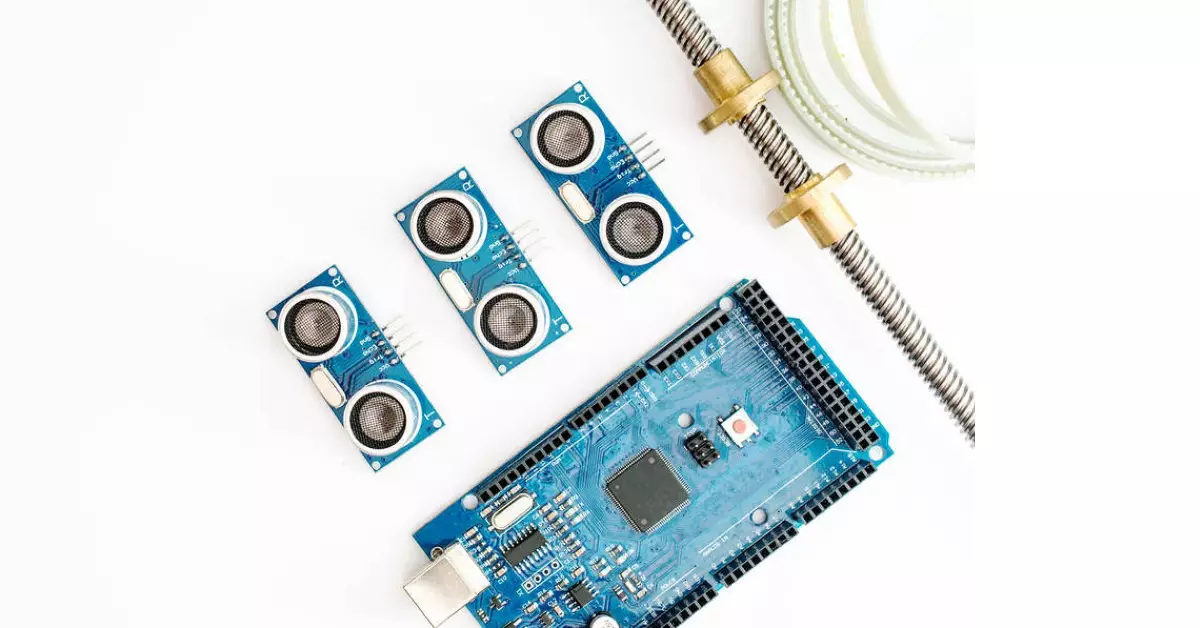It is pretty thrilling to think about a robot that can talk to humans. What about creating a miniature version of your own? The process is a bit complicated, but many amateurs have tried and succeeded in the first attempt. A lot of new terms might be flashed or electronic components introduced (Arduino, for instance). To progress swiftly, basic knowledge related to the circuitry is essential.
If you have no prior experience with this type of project, the work should be done under proper supervision. Do not rush this project and make sure you follow only the best guides like the one below.
Guide to the Raw Materials and Other Equipment
- Arduino Nano or any other alternative available
- 1 SD card module
- SD card of the fitting size
- A good quality PIR sensor
- Speaker of at least 8 Ohms
- 1k Resistor for circuitry
- D400 or B547 transistor(whichever is easily available)
- 330 Ohm resistors(2 units)
- Red LED bulbs(2 units)
- Jumper wires of suitable size
Arduino or No Arduino?
Firstly, it is essential to understand the reason why Arduino is suggested. People might think that it increases complications, but it does quite the opposite. It is a simple open-source tool formulated to assist people in conducting experiments and other practical work in the field of electronics.
It is not impossible to create a talking robot without Arduino, though it might be a bit too difficult without using it. One can easily create the robot in less time if the proper equipment is used in an adequate fashion. In addition to this advantage, this component helps in sustaining the variable functions of the interactive robot as well.
“If you don’t provide the AI with a very big library of preferred behaviors or an ironclad means for it to deduce what behavior you prefer, you’ll be stuck with whatever it comes up with.”
Steps Involved in the Building a Talking Robot
1. Complete the circuit using all the components.
2. Check the fittings twice to avoid any future issues with the robot.
3. Connect the pins of the sensor and transistor, respectively.
4. Transfer the desired sound files into the SD card.
5. Play them with the help of the Arduino.
6. Insert the card into the module and recheck the playback.
7. Format conversion needs to be made as per the readability.
8. Transforming into robotic voice is possible using text to speech applications and other software; compile them beforehand.
9. If personalized messages need to be coded, a series of conversions will be required before the files can be transferred.
10. Code the Arduino for specific responses.
11. Check if the top sensors are working correctly.
12. Use your own creativity to enhance the outward appearance of the robot. There is no limit to what you can do while doing experiments.
13. Solder the electrical components, including the bulbs, transistors, resistors, and speaker (this step requires a lot of precision).
14. Affix the bulbs at the eyes and the speaker at the very sight of your robot’s mouth.
15. Use red paper or cellophane to make it look more authentic.
16. Attach all the wires to the right places and tape them together if need be, as they should not be hanging out.
17. Once all the above steps are concluded, make your robot look as quirky as you like. Use toy parts to enhance the look.
18. The newly created interactive robot is ready to talk. Have fun!
“Humans are limited in the attention, kindness, and compassion that they can expend to others, but AI-based compassionate robots can channel virtually unlimited resources into building compassionate relationships in the society.”
How do Robots Interact with Humans?
They are “literally” taught how to do so. The interactive robots are programmed to talk on their own. Still, someone has to do the programming in the first place. It is essential to record all the required answers in as many languages as the user wants. The more advanced versions can even create the dialogues on their own.
What Kind of Robot can See and Talk?
Most of the robots interact with the help of artificial intelligence. There is a difference between interacting robots and talking robots. The former category has more comprehensive functions, including body movement, rotating the head, and speaking.
On the other hand, talking robots simply answer the questions and operate only under specified input conditions. The robots are made to see the user on the same principles of the face-lock in android mobile phones and other devices. For such creations, a simple camera is fitted at the top to enable the robot to recognize quickly.
Conclusion
These steps are sure to transform your simple components into a feasible humanoid. Such a robot can be used for various functions, including teaching kids how to respond to typical interview questions and much more. Not only this but the robot can also be used as a hobby to pass the time. If someone is passionate about this kind of creation, multiple robots can be assembled so they can communicate with each other in real-time. Kids are highly attracted to technology and might soon adapt to playing with such talking toys instead of the normal ones with less advanced features. Keep the robot safe from water for a long-lasting experience.
“The test of the machine is the satisfaction it gives you. There isn’t any other test. If the machine produces tranquility, it’s right. If it disturbs you, it’s wrong until either the machine or your mind is changed.”

